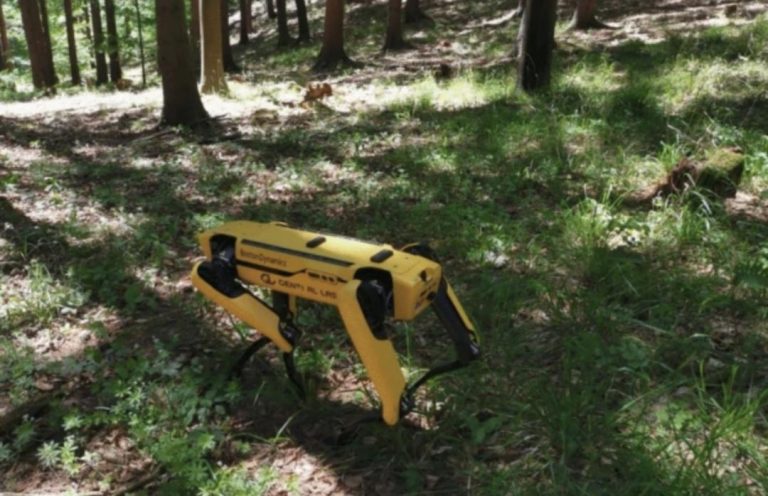
AI-enhanced star-by-star simulation shows evolution of Milky Way
The Milky Way, our home galaxy, has long been a subject of fascination for astronomers and scientists. Its structure, evolution, and behavior have been studied extensively, but the sheer scale and complexity of the galaxy have made it a challenging task to simulate its evolution. However, recent advancements in artificial intelligence (AI) and supercomputing power have enabled scientists to recreate the Milky Way’s evolution in unprecedented detail. A team of researchers has successfully modeled the evolution of 100 billion stars over 10,000 years, using advanced AI algorithms and vast supercomputing resources.
The simulation, which utilized seven million CPU cores, is a groundbreaking achievement that provides a unique glimpse into the galaxy’s behavior and evolution. By modeling each star’s orbit, life cycle, and events such as supernovae and expanding gas clouds, the simulation offers an unparalleled level of resolution and accuracy. This allows researchers to probe the galaxy’s behavior and test fresh ideas about its structure, shedding new light on the mysteries of the Milky Way.
The simulation is a significant improvement over previous attempts, which were limited by computational power and data storage. The use of AI algorithms enabled the researchers to efficiently process vast amounts of data and simulate the complex interactions between stars, gas, and other components of the galaxy. The resulting simulation is a highly detailed and realistic representation of the Milky Way’s evolution, providing a unique tool for scientists to study the galaxy’s behavior and test hypotheses.
One of the key features of the simulation is its ability to model the life cycle of individual stars. By tracking the birth, life, and death of each star, the simulation can capture the complex interactions between stars and the surrounding interstellar medium. This includes the formation of supernovae, which are massive explosions that occur when a star runs out of fuel and collapses in on itself. These events have a profound impact on the surrounding gas and dust, shaping the galaxy’s structure and evolution.
The simulation also captures the expansion of gas clouds, which are vast regions of interstellar gas and dust that can give rise to new star formation. By modeling the dynamics of these clouds, the simulation can predict the formation of new stars and the evolution of the galaxy’s structure. This is a critical aspect of the galaxy’s evolution, as the formation of new stars and the dispersal of heavy elements shape the galaxy’s chemical composition and influence the formation of planetary systems.
The unprecedented resolution of the simulation also allows researchers to study the galaxy’s behavior on small scales. By examining the orbits of individual stars, scientists can gain insights into the galaxy’s gravitational potential and the distribution of dark matter. Dark matter is a mysterious component that makes up approximately 27% of the universe’s mass-energy density, yet its nature remains unknown. By studying the galaxy’s behavior on small scales, researchers can gain a better understanding of dark matter’s role in shaping the galaxy’s evolution.
The implications of this simulation are far-reaching, with potential applications in fields such as astrophysics, cosmology, and planetary science. By providing a highly detailed and realistic representation of the Milky Way’s evolution, the simulation offers a unique tool for scientists to test hypotheses and refine our understanding of the galaxy. This can, in turn, inform our understanding of the universe as a whole, shedding new light on the mysteries of galaxy formation and evolution.
In conclusion, the AI-enhanced star-by-star simulation of the Milky Way’s evolution is a groundbreaking achievement that provides a unique glimpse into the galaxy’s behavior and evolution. By modeling the life cycle of individual stars, the simulation captures the complex interactions between stars, gas, and other components of the galaxy, providing a highly detailed and realistic representation of the galaxy’s evolution. The implications of this simulation are far-reaching, with potential applications in fields such as astrophysics, cosmology, and planetary science. As scientists continue to refine our understanding of the universe, this simulation will undoubtedly play a critical role in shaping our understanding of the Milky Way and the universe as a whole.






